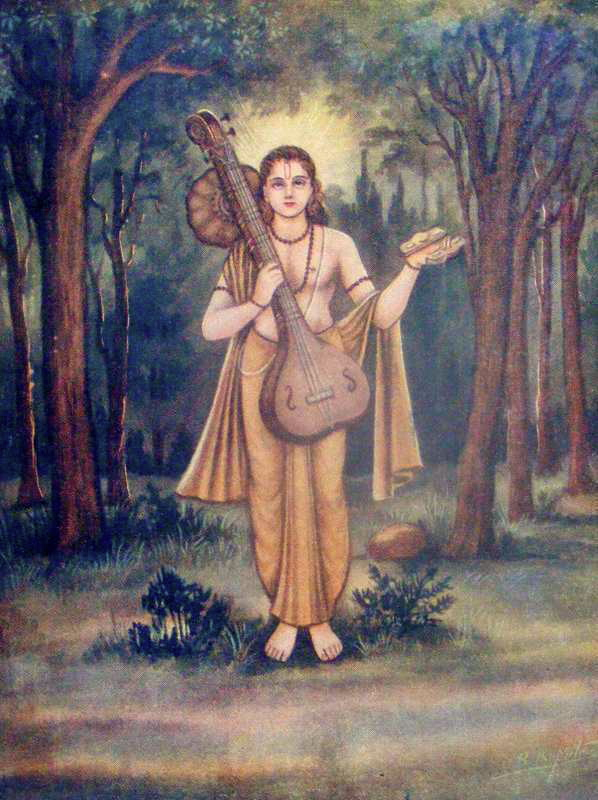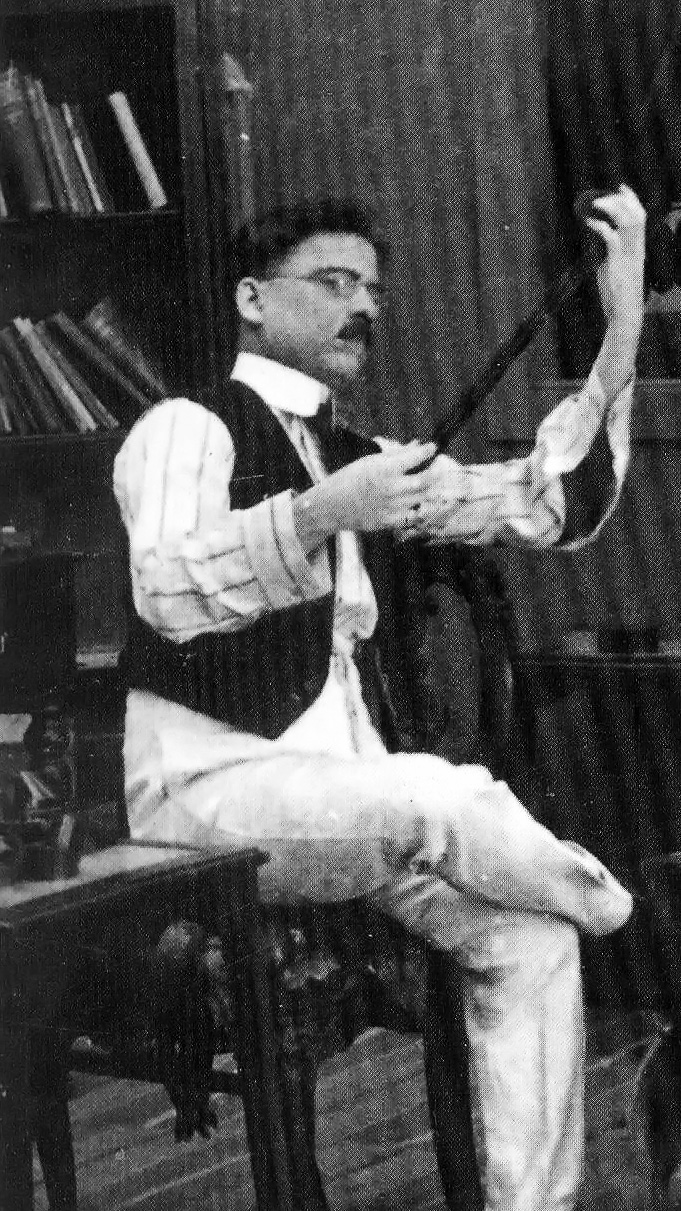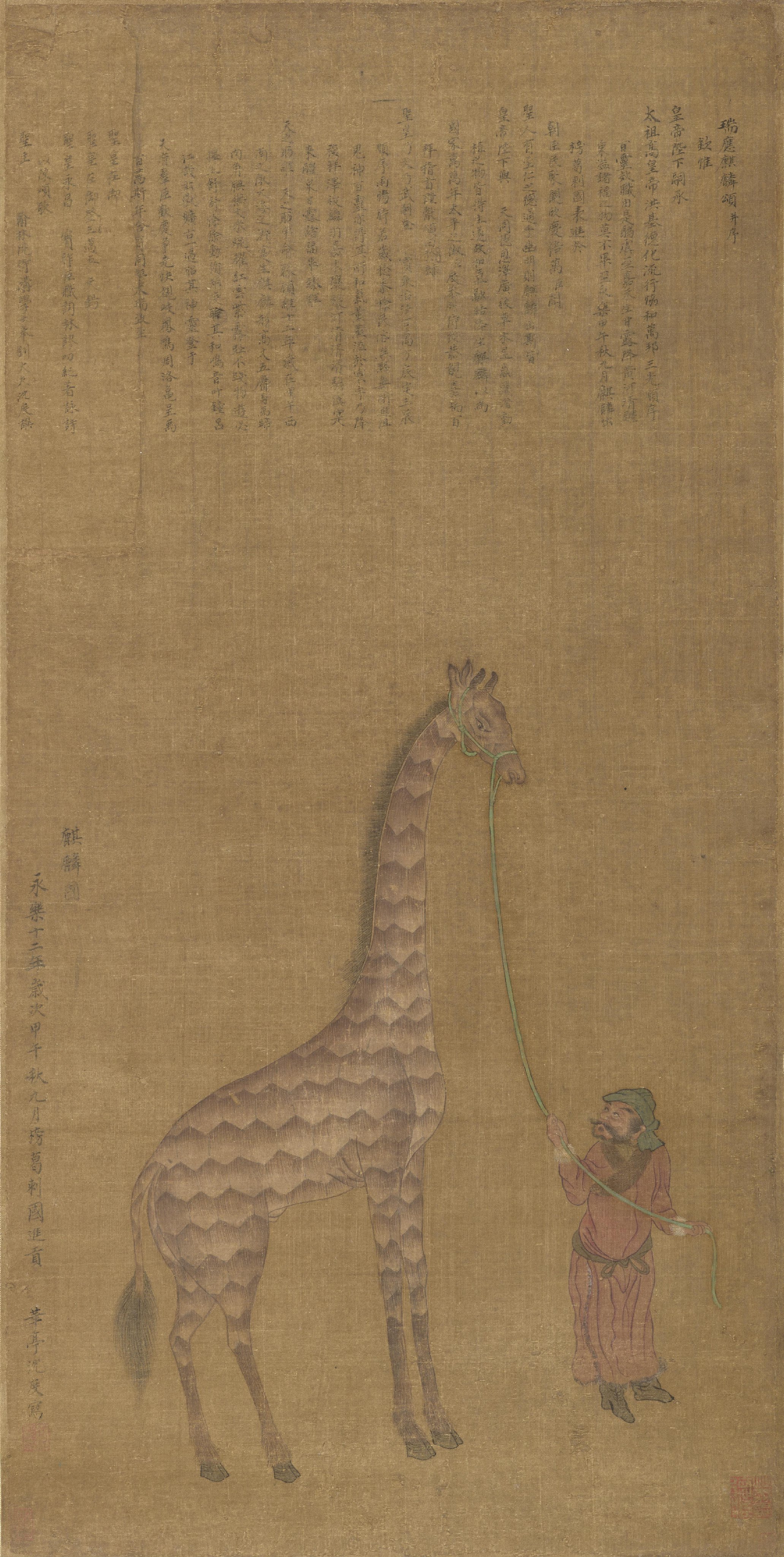|
Keherwa
Keharwa or Kaharva is an 8 beat tala of Hindustani music. Keherwa has many variations including dhumaali, "bhajani", and qawwali. Arrangement Keharwa is an 8-beat pattern used in ragas. It has eight beats in two equal divisions (vibhag). The period between every two beats is equal. The first beat out of 8 beats is called "sam" and it denotes the start of the first division. The fifth beat out of 8 beats is called "khali" and denotes the start of the second division. To exhibit the Keherwa, the performer claps on the first beat and fifth beat is waved. Theka It has a characteristic pattern of bols (theka). In popular culture The popular Hindi film song, '' Rang Barse Bhige Chunar Wali'' from ''Silsila'' (1981), is also set in Keherwa by film's music composers duo, Shiv-Hari, who are noted classical musicians. The contemporary traditional Eid al-Fitr song for Bengali Muslims Bengali Muslims (; ) 'Mussalman'' also used in this work.are adherents of Islam who ethnica ... [...More Info...] [...Related Items...] OR: [Wikipedia] [Google] [Baidu] |
Tala (music)
A tala (IAST ''tāla'') literally means a 'clap, tapping one's hand on one's arm, a musical measure'. It is the term used in Indian classical music similar to Metre (music), musical meter, that is any rhythmic beat or strike that measures musical time. The measure is typically established by hand clapping, waving, touching fingers on thigh or the other hand, verbally, striking of small cymbals, or a percussion instrument in the Indian subcontinental traditions. Along with ''raga'' which forms the fabric of a melodic structure, the ''tala'' forms the life cycle and thereby constitutes one of the two foundational elements of Indian music. ''Tala'' is an ancient music concept traceable to Vedas, Vedic era texts of Hinduism, such as the ''Samaveda'' and methods for singing the Vedic hymns. The music traditions of the North and South India, particularly the ''raga'' and ''tala'' systems, were not considered as distinct until about the 16th century. There on, during the tumultuous ... [...More Info...] [...Related Items...] OR: [Wikipedia] [Google] [Baidu] |
Vibhag
'Vibhag' (in music) represents a duration of rhythmic phrasing in Indian classical music made up of a certain number of beats. They are the rough equivalent of bars in western music, but instead of always being equal subdivisions of the tala (the rhythmic cycle - think 12 bar blues), they can be uneven. In certain traditions of talas in Tabla or in any other percussion instrument in classical music have Vibhagas to get a track of the beats on Matra (music)">Matras on which the singer or player is singing or playing on. For example taking different talas, Tala Teental has 16 matras in it. It has 4 Vibhags. So Teental with Vibhags is written as This can also be shown using the following figure If you see both the tables then you may realize that after every 4 syllables i.e. considering the 1st line so Dha Dhin Dhin Dha after this is a line like this , . This is the symbol of Vibhag. And after the 4 syllables Dha Dhin Dhin Dha is the Vibhag. Now it is simple Maths that if ther ... [...More Info...] [...Related Items...] OR: [Wikipedia] [Google] [Baidu] |
Rang Barse Bhige Chunar Wali
"Rang Barse Bhige Chunar Wali" ( Devanagri: रंग बरसे भीगे चूनर वाली) is a song from the 1981 Hindi film ''Silsila''. The song "Rang Barse Bhige Chunarwali" which Amitabh Bachchan sings during the film is said to be one of India's best known folk songs. The music director was Shiv-Hari, both also noted classical musicians. The taal (rhythm) of the song is ''Keherwa'' ('' Kaharva'') of Hindustani classical music, while the lyrics were by poet Harivansh Rai Bachchan, based on a traditional bhajan, by 15th-century mystic poet Meera. The song was featured in a film sequence showing a community Holi celebration with film's cast, including Bachchan, Jaya Bachchan and Rekha and hence got link with Holi festivities. Origins It is believed that the tune and lyrics of this song are taken from a Rajasthani and Haryanvi folk bhajan about Meera. However the lyrics are slightly altered into the Awadhi dialect of Hindi to mould the song into approp ... [...More Info...] [...Related Items...] OR: [Wikipedia] [Google] [Baidu] |
Hindustani Music
Hindustani classical music is the Indian classical music, classical music of the Indian subcontinent's northern regions. It may also be called North Indian classical music or ''Uttar Bhartiya shastriya sangeet''. The term ''shastriya sangeet'' literally means classical music, and is also used to refer to Indian classical music in general. It is played on instruments like the veena, sitar and sarod. It diverged in the 12th century Common Era, CE from Carnatic music, the classical tradition of Southern India. While Carnatic music largely uses compositions written in Sanskrit, Telugu language, Telugu, Kannada, Tamil language, Tamil, Malayalam, Hindustani music largely uses compositions written in Hindi, Urdu, Braj Bhasha, Braj, Awadhi language, Avadhi, Bhojpuri language, Bhojpuri, Bengali language, Bengali, Rajasthani languages, Rajasthani, Marathi language, Marathi and Punjabi language, Punjabi. Knowledge of Hindustani classical music is taught through a network of classical musi ... [...More Info...] [...Related Items...] OR: [Wikipedia] [Google] [Baidu] |
Qawwali
Qawwali is a form of Sufi Islamic devotional singing originating in the Indian subcontinent. Originally performed at Sufi shrines throughout the Indian subcontinent, it is famous throughout Pakistan, India, Bangladesh and Afghanistan and has also gained mainstream popularity and an international audience as of the late 20th century. While hereditary performers continue to perform Qawwali music in traditional and devotional contexts, Qawwali has received international exposure through the work of Nusrat Fateh Ali Khan, Aziz Mian and Sabri Brothers largely due to several releases on the Real World label, followed by live appearances at WOMAD festivals. Other famous Qawwali singers include Fareed Ayaz & Abu Muhammad Duo, Abdullah Manzoor Niazi, Rahat Fateh Ali Khan, Badar Miandad, Rizwan-Muazzam Duo, Qutbi Brothers, the late Amjad Sabri, Qawwal Bahauddin Qutbuddin, Najm Saif and Brothers, Aziz Naza, among others. Out of these Fareed Ayaz & Abu Muhammad Duo, Abdulla ... [...More Info...] [...Related Items...] OR: [Wikipedia] [Google] [Baidu] |
Bol (music)
A bol is a standardized mnemonic A mnemonic device ( ), memory trick or memory device is any learning technique that aids information retention or retrieval in the human memory, often by associating the information with something that is easier to remember. It makes use of e ... syllable used in North Indian classical music to define the tala, or rhythmic pattern. Bol is derived from the Hindi word ''bolna'' (बोलना), which means "to speak." One who learns to play the tabla or pakhavaj (or pakhawaj) drum is taught to recite the rhythms as bols, which can be quite complex. Bol is analogous to konnakol, which is used to recite rhythms for the mridangam drum in Carnatic music, which is South Indian classical music. See also * * * * References External linksKKSongs Talamala - Tabla Bol Referencehas recordings of tabla bols.Instruments in Depth: Tabla: Drums of North India an online feature froBloomingdale School of Music(March, 2008) contains detail ... [...More Info...] [...Related Items...] OR: [Wikipedia] [Google] [Baidu] |
Hindi Film
Hindi cinema, popularly known as Bollywood and formerly as Bombay cinema, is primarily produced in Mumbai. The popular term Bollywood is a portmanteau of "Bombay" (former name of Mumbai) and " Hollywood". The industry, producing films in the Hindi language, is a part of the larger Indian cinema industry, which also includes South Indian cinema and other smaller film industries. The term 'Bollywood', often mistakenly used to refer to Indian cinema as a whole, only refers to Hindi-language films, with Indian cinema being an umbrella term that includes all the film industries in the country, each offering films in diverse languages and styles. In 2017, Indian cinema produced 1,986 feature films, of which the largest number, 364, have been in Hindi. In 2022, Hindi cinema represented 33% of box office revenue, followed by Telugu and Tamil representing 20% and 16% respectively. Mumbai is one of the largest centres for film production in the world. Hindi films sold an estimat ... [...More Info...] [...Related Items...] OR: [Wikipedia] [Google] [Baidu] |
Silsila (1981 Film)
''Silsila'' () is a 1981 Indian Hindi-language musical romantic drama film directed, produced, and co-written by Yash Chopra under the Yash Raj Films banner. The film stars Amitabh Bachchan, Jaya Bachchan, Rekha, and Sanjeev Kumar in leading roles. The narrative follows a playwright, Amit, who finds himself caught in a love triangle involving his wife, Shobha, and his former lover Chandni. The music was composed by Shiv–Hari, with lyrics by Harivansh Rai Bachchan, Javed Akhtar, Nida Fazli, Hasan Kamal, Rajendra Krishan, and Mirabai. The film drew significant attention during production due to its casting, which mirrored real-life speculation surrounding the lead actors. Principal photography took place between November 1980 and May 1981 across locations in Amsterdam, Bombay (now Mumbai), Delhi, and Kashmir. Released theatrically on 14 August 1981, ''Silsila'' underperformed at the box office, earning approximately ₹30 million. Upon release, it received mixed-to-negati ... [...More Info...] [...Related Items...] OR: [Wikipedia] [Google] [Baidu] |
Eid Al-Fitr
Eid al-Fitr () is the first of the two main Islamic holidays, festivals in Islam, the other being Eid al-Adha. It falls on the first day of Shawwal, the tenth month of the Islamic calendar. Eid al-Fitr is celebrated by Muslims worldwide because it marks the end of the Fasting in Islam, month-long dawn-to-dusk fasting (''sawm'') of Ramadan. The holiday is known under various other names in different languages and countries around the world. Eid al-Fitr has a particular that consists of two generally performed in an open field or large hall. It may only be performed in congregation () and features six additional (raising of the hands to the ears whilst reciting the Takbir, saying "Allāhu ʾAkbar", meaning "God is the greatest"). In the Hanafi school of Sunni Islam, there are three at the start of the first and three just before in the second . Other Sunni schools usually have 12 , similarly split in groups of seven and five. In Shia Islam, the has six in the first at th ... [...More Info...] [...Related Items...] OR: [Wikipedia] [Google] [Baidu] |
Bengali Muslims
Bengali Muslims (; ) [''Mussalman'' also used in this work.] are adherents of Islam who ethnically, linguistically and genealogically identify as Bengalis. Comprising over 70% of the global Bengali population, they are the second-largest ethnic group among Muslims after Arab Muslims, Arabs. Bengali Muslims make up the majority of Bangladesh's citizens, and are the largest minority in the Indian states of West Bengal, Tripura and Assam. They speak or identify the Bengali language as their mother tongue. The majority of Bengali Muslims are Sunnis who follow the Hanafi school of jurisprudence. Due to its extensive trade contacts, Bengal has had a Muslim presence in the region since the early 8th century CE, but conquest of the Bengal region by the Delhi Sultanate brought Muslim rule to Bengal. The governors of the region soon broke away to form a Bengal Sultanate, which was a supreme power of the medieval Islamic East. European traders identified the Bengal Sultanate as "the r ... [...More Info...] [...Related Items...] OR: [Wikipedia] [Google] [Baidu] |
O Mon Romzaner Oi Rozar Sheshe
"O Mon Romzaner Oi Rozar Sheshe" (, ) is a popular Bengali Eid-ul-Fitr song, written by Kazi Nazrul Islam, the national poet of Bangladesh. The song was written and composed in 1931 at the request of Nazrul's disciple, Abbasuddin Ahmed. The song is written on the end of the period of fasting and the Bengali celebration of Eid-ul-Fitr. The song remains one of the most popular Bengali song of all time and is a common tune heard in Bangladeshi households. This was regarded by his contemporaries as a significant achievement, as Bengali Muslims had been strongly averse to devotional music. First recording In 1931, four days after the song was written, it was first recorded in the voice of the artist Abbasuddin Ahmed. The song was set to the Pilu as its raga and keherwa for its tala. Two months after the recording, the record was released just before Eid al-Fitr. Gramophone Company released this record. The other song on the record was the poet's "Islamer Oi Souda Loye Elo Navi ... [...More Info...] [...Related Items...] OR: [Wikipedia] [Google] [Baidu] |




